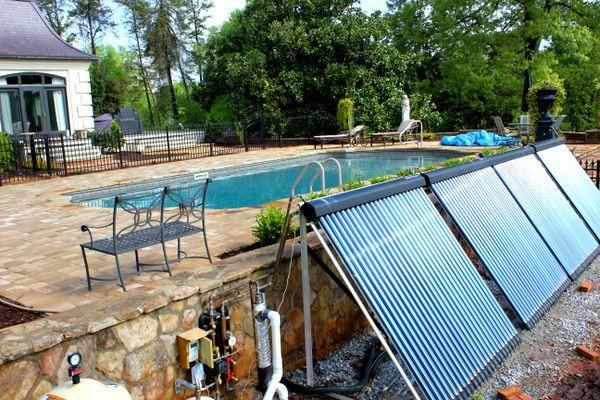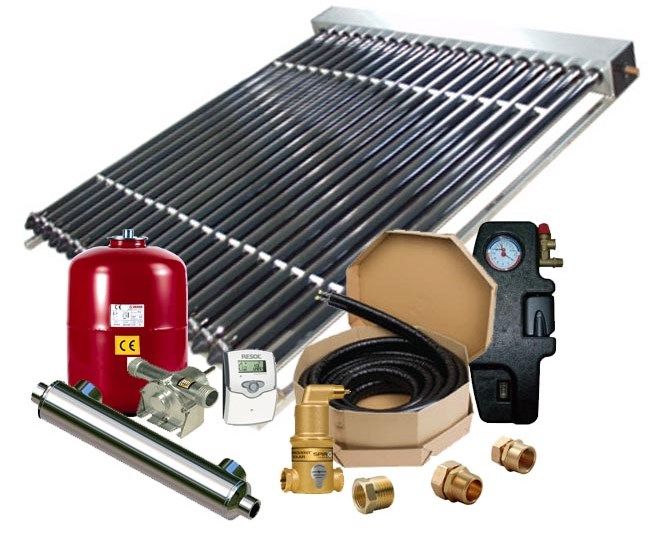Most pool owners know the benefits and cost savings of using solar pool heaters.
Generally, pools are used for seasonal purposes and are only used
during the summer. However, investing in a solar-powered pool heating
system can benefit pool owners significantly. Northern Lights solar pool
heaters can be integrated to supply heat energy to the pool during
summer and provide home and space heating as we; as residential hot
water in winter.
That
means solar pool heaters can minimize your heating bills throughout the
year. These systems are the only alternative for indoor pool owners as
they look for a solution for heating their pool during winter. The
solar-powered pool heating systems enjoy much longer life expectancy and
provide more heat energy throughout the season than any other type of
pool heater. The overall ownership cost is relatively less for
homeowners as the pool heating system yields maximum savings than fossil
fuels and electricity, as well as traditional solar pool heating
systems.
Understanding the Product Features
Suppose
the solar collectors are warmer than the pool water by four degrees
Fahrenheit or more and the pool has below the desired temperature. In
that case, the pump will be activated, allowing heat collection from the
collectors to the solar pool heat exchanger. The collection of heat
energy stops when the solar sensor temperature drops to within 1.5
degrees of the pool temperature or the pool temperature exceed the
chosen desired temperature.
Automatic Cooling –
When
the collectors are cooler than the pool water by eight degrees
Fahrenheit or more, and the pool temperature is above the desired
temperature, the pump gets activated and allows cooling through the
solar collectors. Heat energy dissipation continues until the collectors
emerge within three degrees Fahrenheit of the pool temperature or the
pool temperature drops below the desired temperature.
Single Setting for Desired Temperature –
You
can use the single dial adjustment with the indicated desired pool
temperature to set the Aqua Solar. The dial is calibrated with the
temperature from 70 degrees F to 104 degrees F to ensure fast, easy and
user-friendly operation. The set temperature indicates the desired pool
temperature. By using Aqua Solar, you can know whether the water should
be heated or cooled, thereby maximizing the capabilities of the solar
system.
Terminal Strip Connections
Terminal
strip connections are used for input power and sensor inputs. The
controls feature standard three-pin connectors operating both forward
and reverse valve actuators.
LED Display
The
LED display shows the operational status of the entire system. The
additional Valve Output on the Aqua Solar allows the second zone of a
pump or a three-way valve.
Re-Circulation Freeze Protection
The
field selectable options switches on the Aqua Solar output that directs
warmer pool water through the collectors when near-freezing
temperatures are noted at the auxiliary sensor. The Aqua Solar allows
re-circulation when the auxiliary sensor goes below 34 degrees F and
stops circulation when the temperature exceeds 36 degrees F. The
operation requires two 10K ohm sensors. If you use the freeze
re-circulation, it requires one or more freeze snap switch sensors.
Therefore, it is essential to see the instructions before using the
freeze re-circulation option.
System Operation and Test Switch –
The switch allows manually overriding Aqua Solar's automatic functioning to verify operation.
Bottom Line –
Do you want to learn more details about the product details of solar pool heaters? Feel free to contact Northern Lights Solar Tubs at +1 (800) 317-9054. +1 (800) 317-9054.


